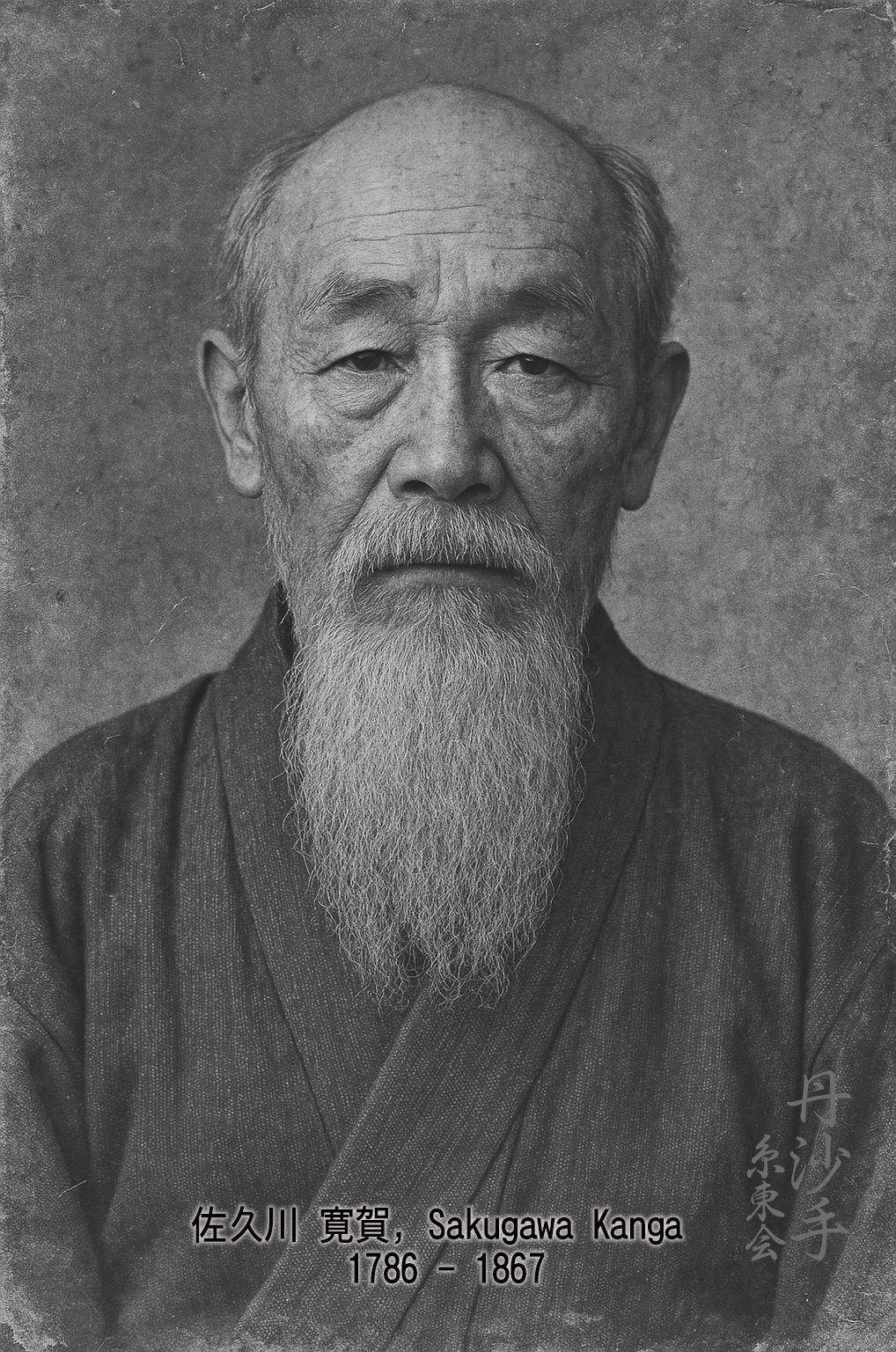Sakugawa Kanga (佐久川 寛賀, 1733–1815), also known as Tōde Sakugawa, is considered one of the founding fathers of Ryūkyūan martial arts. Born in Shuri, the capital of the Ryūkyū Kingdom, he began his martial studies under his father and later trained with the esteemed monk and martial arts master Takahara Peichin. Recognizing his student’s exceptional potential, Takahara sent Sakugawa to China to further his studies. There, Sakugawa trained under the Chinese master Kūsankū (also pronounced Kōshōkun), absorbing Chinese boxing methods, tactics, and philosophical concepts.
When he returned to Ryūkyū, Sakugawa blended the principles he had learned in China with native Ryūkyūan Te, creating a powerful and sophisticated system of combat. His style came to be known as Tōde (唐手), meaning “Chinese Hand,” in honor of its Chinese roots. Among his most important contributions were the kata Kūsankū (Kōshōkun) and Sakugawa no Kon, the latter being a classical bōjutsu form that remains an essential part of traditional Ryūkyūan kobudō.
Sakugawa’s teachings laid the foundation for the development of what became known as Shuri-Te, one of the primary sources of modern karate. His most renowned student, Matsumura Sōkon, would go on to refine the system further and pass it down to future generations. Through Matsumura and other disciples, Sakugawa’s methods directly influenced many of the core techniques, philosophies, and kata preserved in traditional karate to this day.
Sakugawa Kanga passed away in 1815, but his legacy continues to live on. As a pioneer who bridged Chinese and Ryūkyūan martial traditions, he is revered not only for his technical mastery but also for shaping karate into a disciplined and respected art. His life and teachings remain a cornerstone in the history and evolution of Ryūkyūan martial arts.






